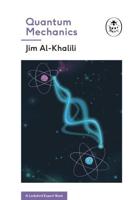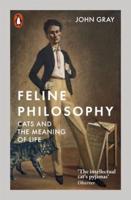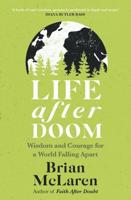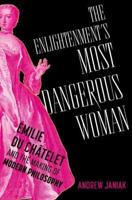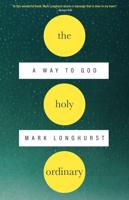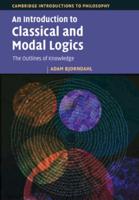Publisher's Synopsis
Now in its second edition, this expansive book examines the scientific and philosophical case for purported 'time slip' phenomena by referencing three studies: the Versailles Time Slip, the fictitious "legend" of Lucy Lightfoot, and the haunting experienced by the artist William Hogarth during his visit to Northamptonshire in 1749. Does consciousness survive death? Is time fluid? Can living and long-dead personalities connect across the centuries? What are the scientific and philosophical possibilities?
The theory of "time slips" is an interesting and involved one. It proposes that the ghosts we see are not ghosts; rather, they are two-time streams interfering with each other. While this strips the idea of haunting some of the romanticism, it does open other and far more interesting doors.
What if these so-called ghosts perceive us as the ghosts haunting their houses? Perhaps they are not trying to scare us with some morbid, mystical appearance; maybe we are simply looking at each other in fear and amazement. And, if this is the case, how much more important is it that we try to establish intelligent communication? With this theory in place, communication becomes of primal importance. Imagine what we can learn from each other if we can figure out how to cross that barrier.
Whatever they are, hauntings overtly point to an aspect of life that is beyond our daily experience. Once we experience one, our understanding of the world completely changes. In an instant, we go from the basic assumption that everything is physical to the realisation that our world is far more than three-dimensional; instantaneously, our world, our very existence, explodes into a multi-dimensional head trip that leaves our minds expanded and dwarfed for the rest of our lives.


